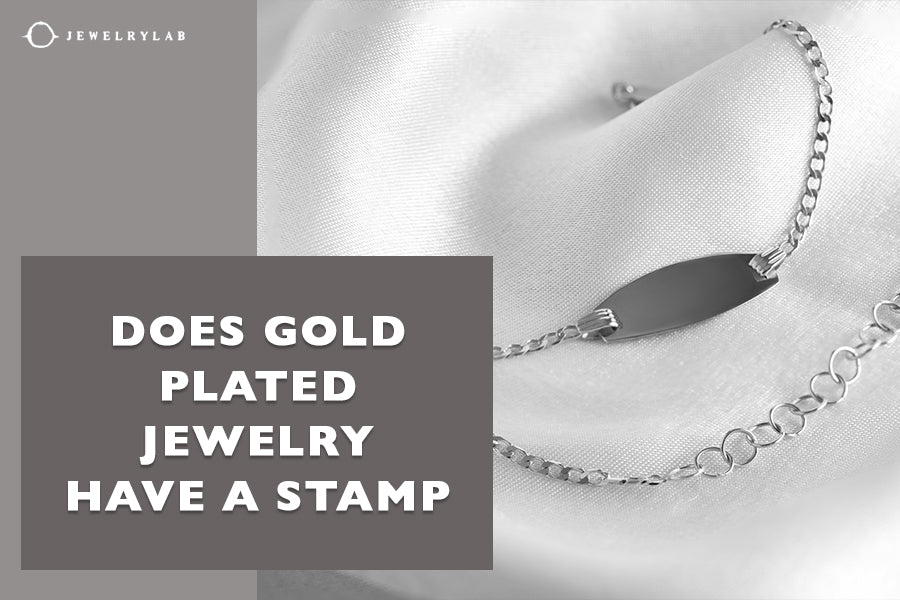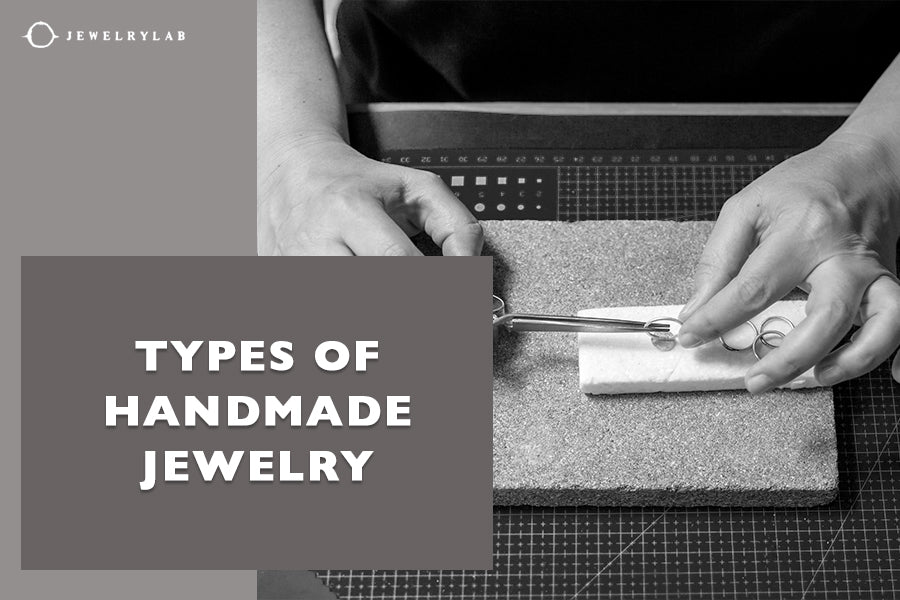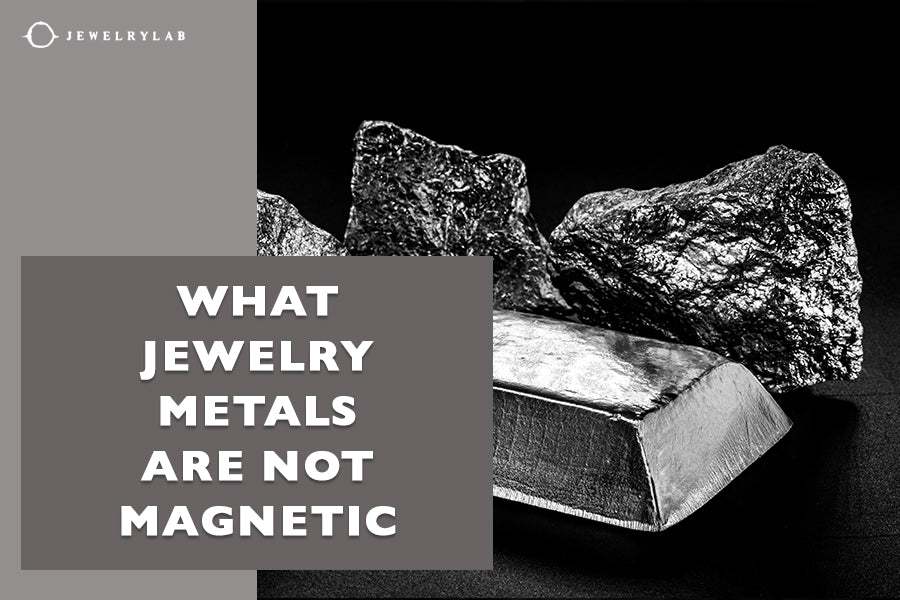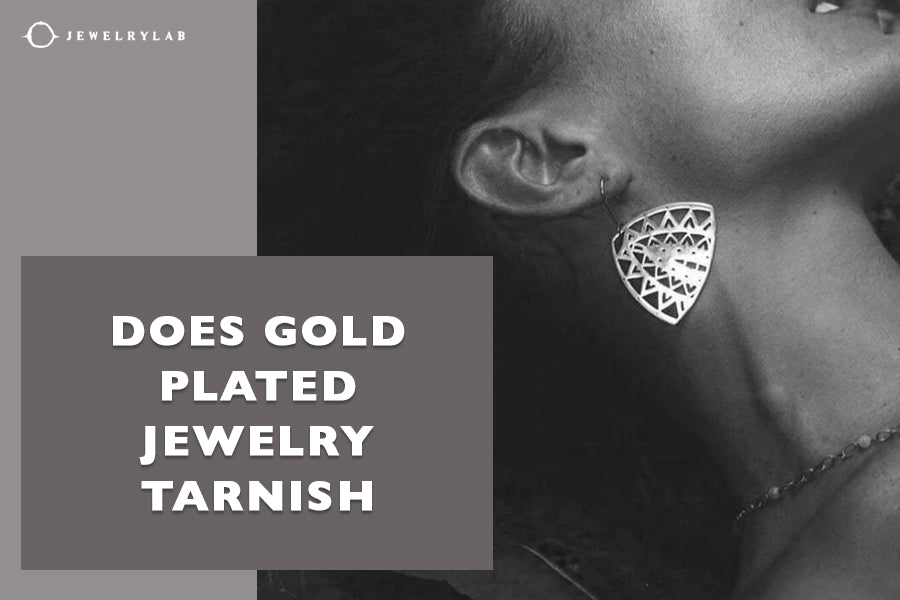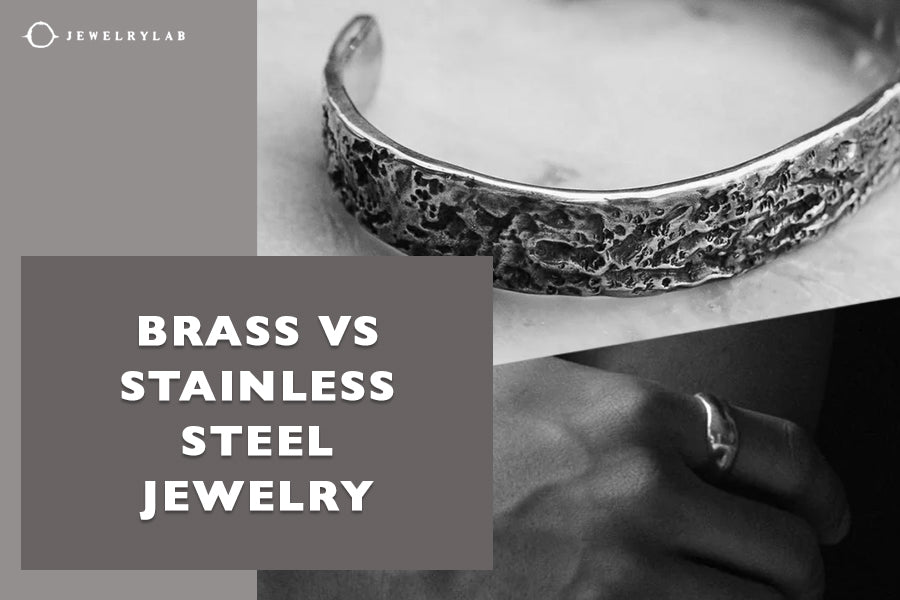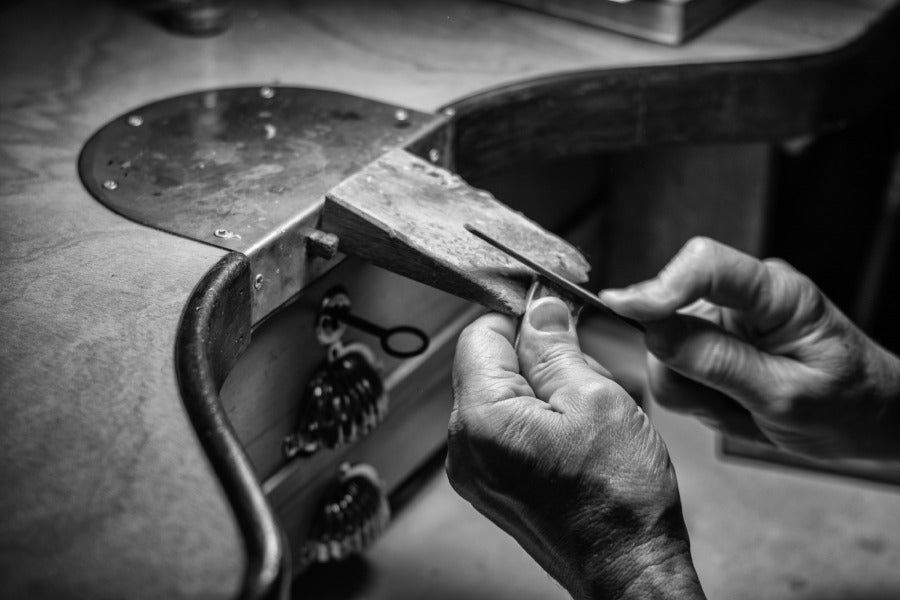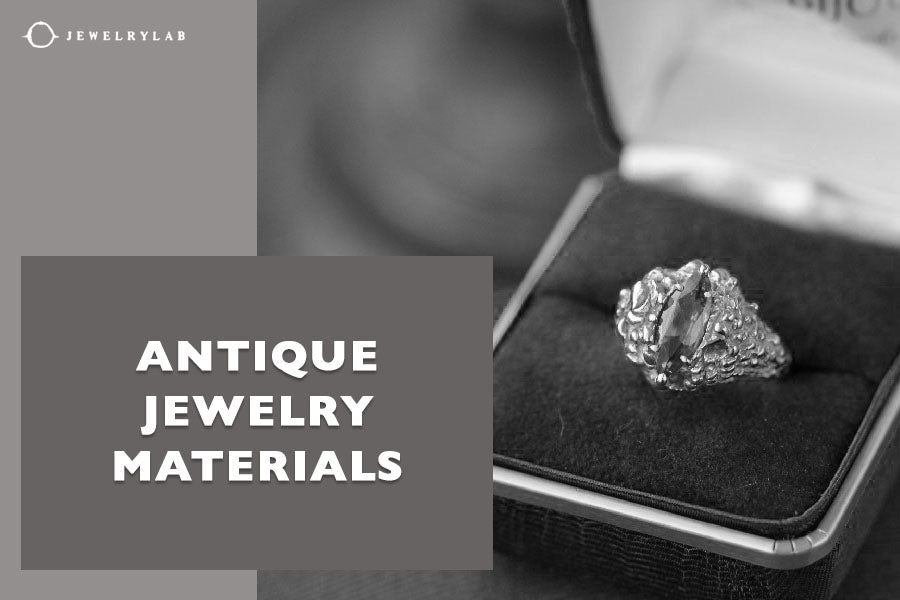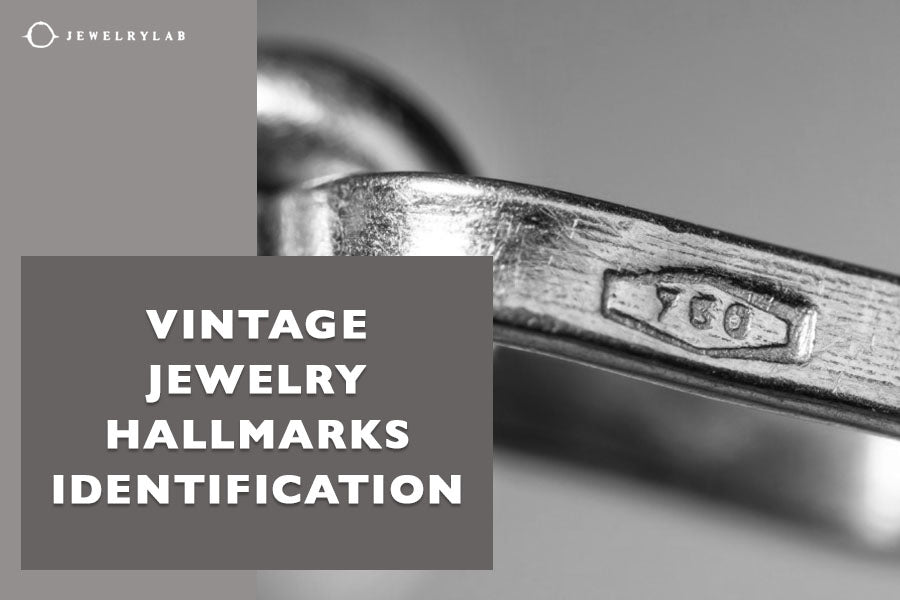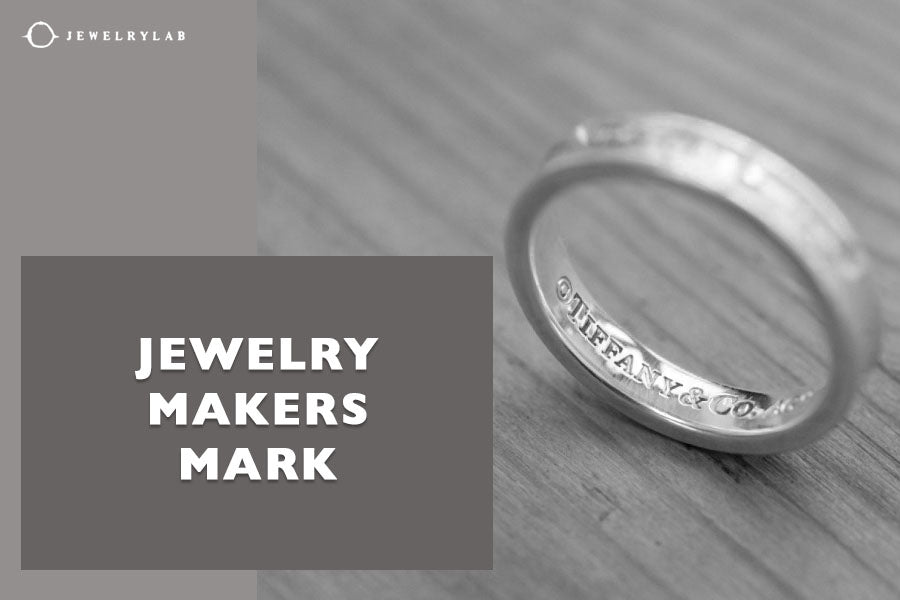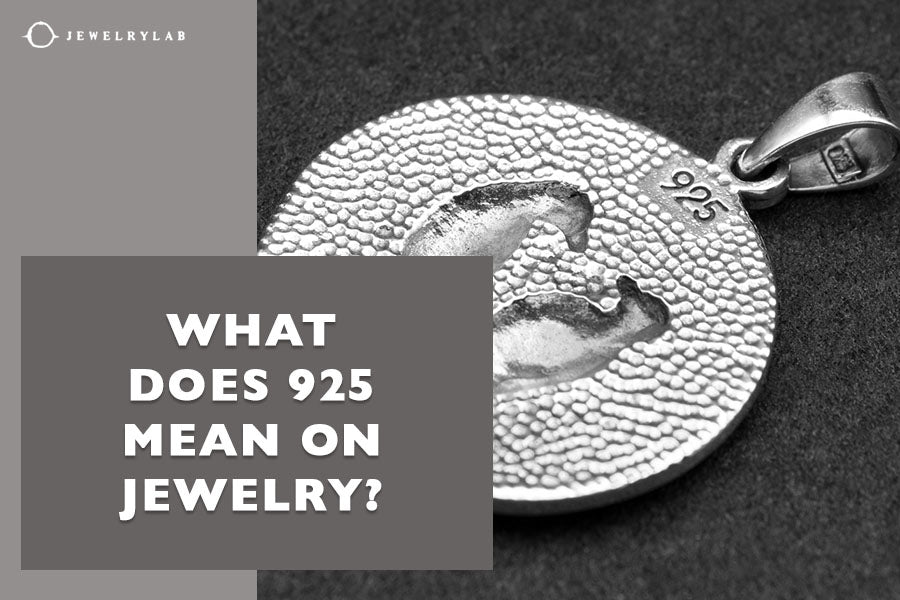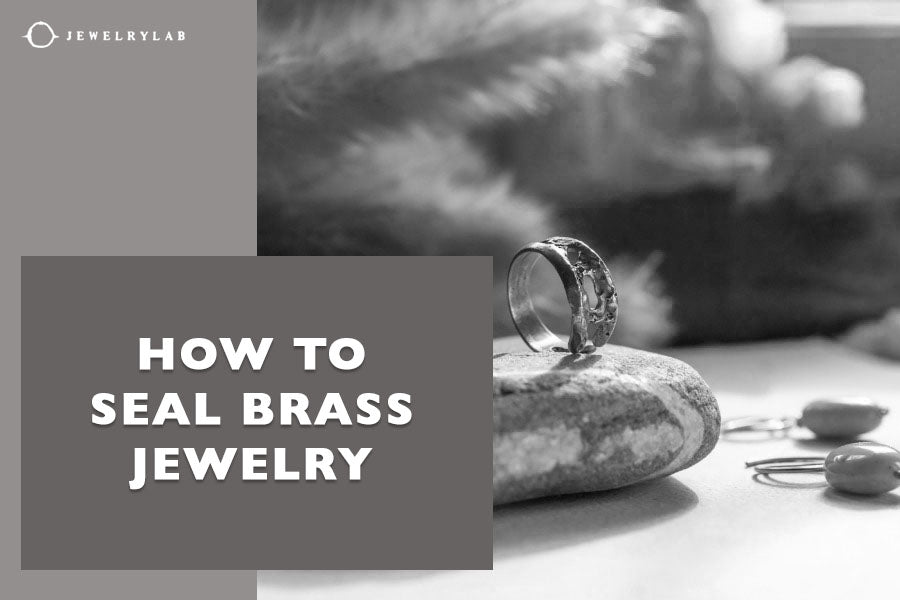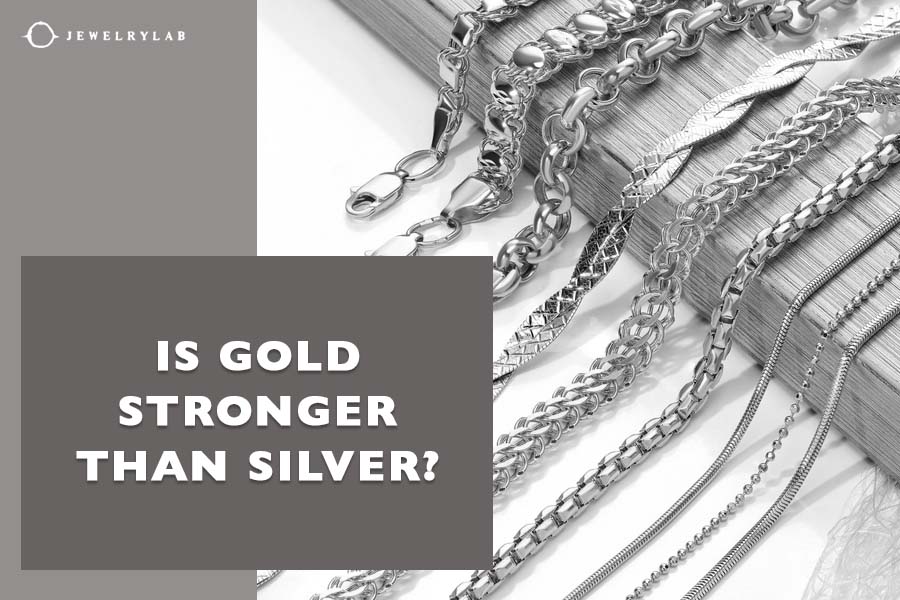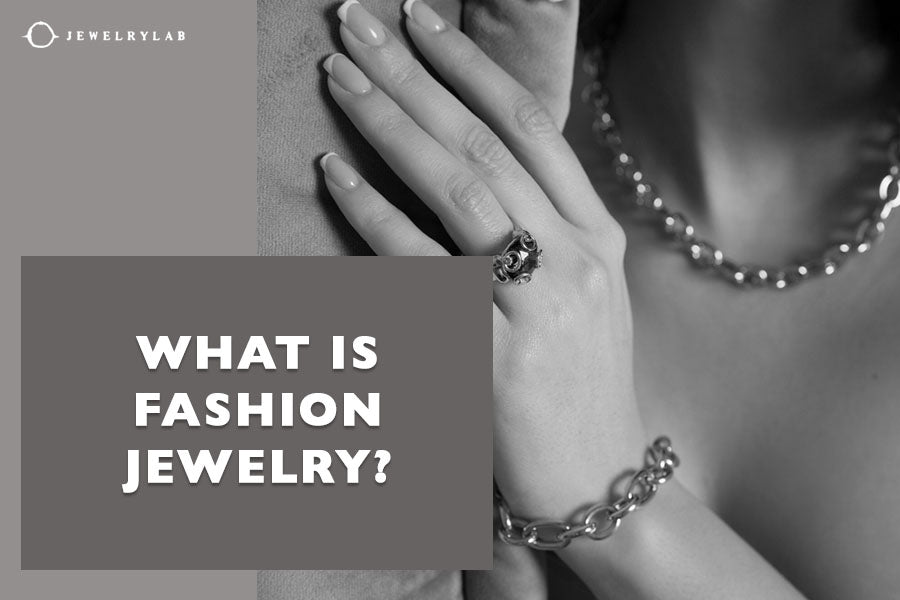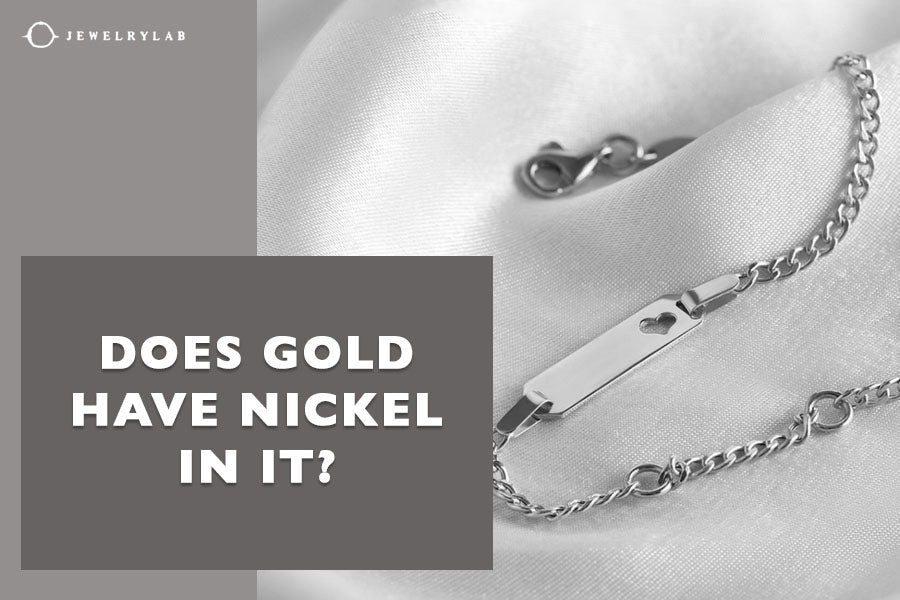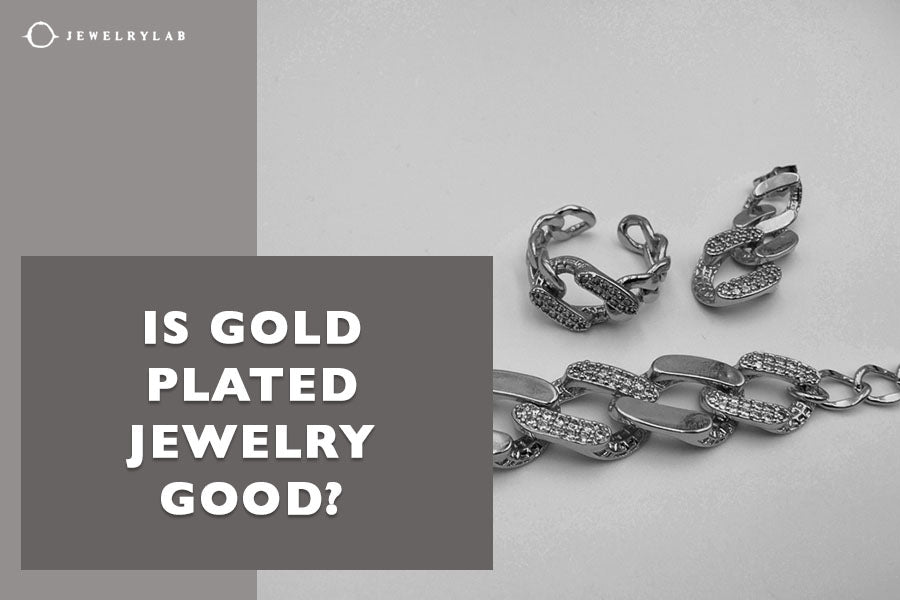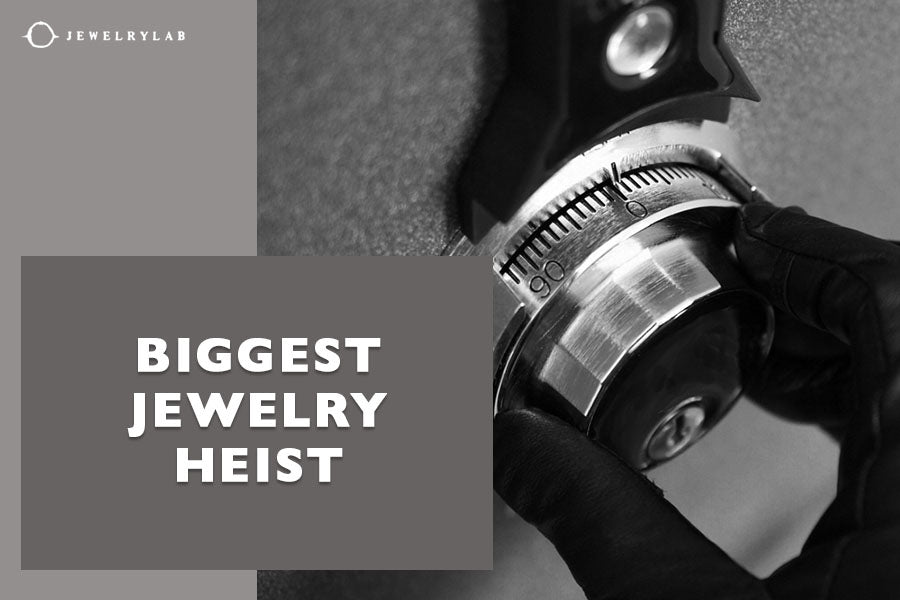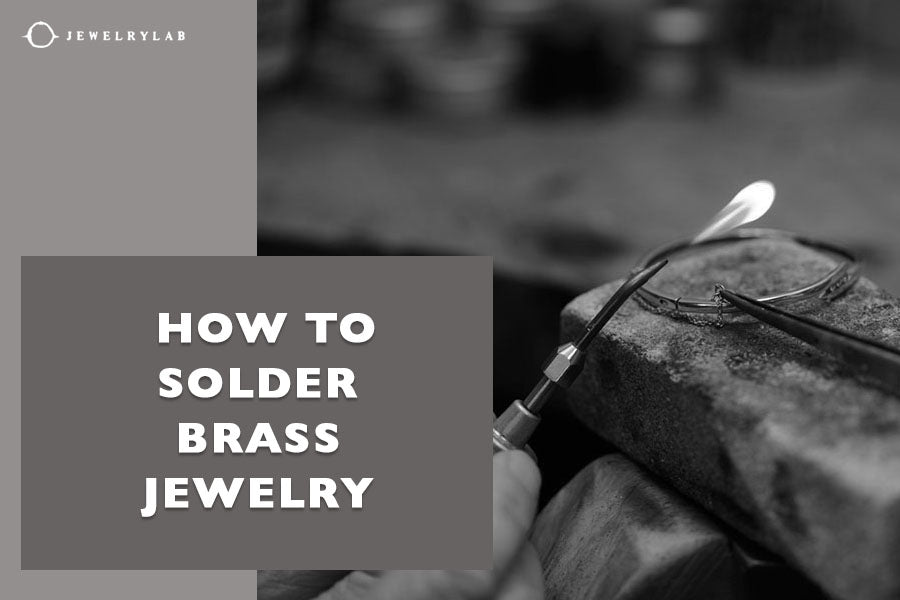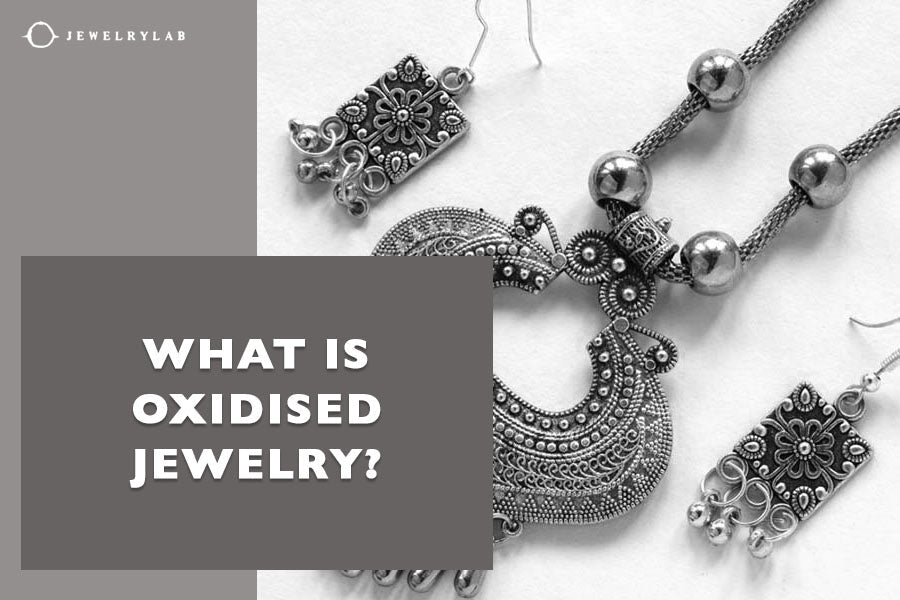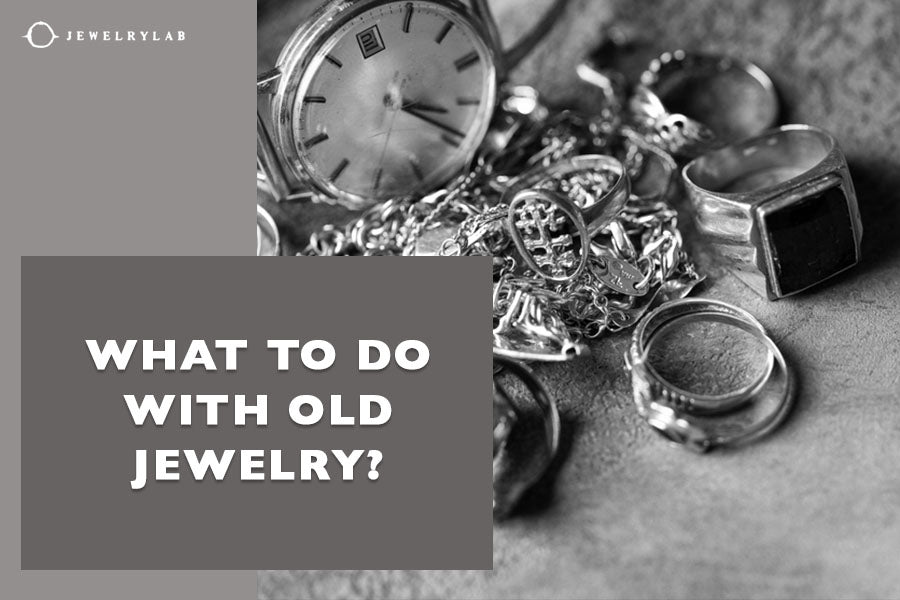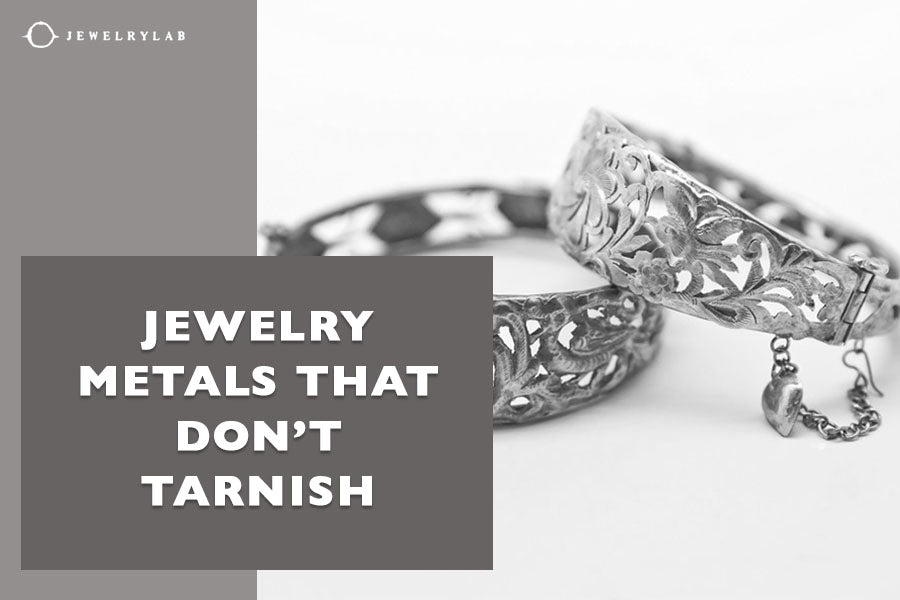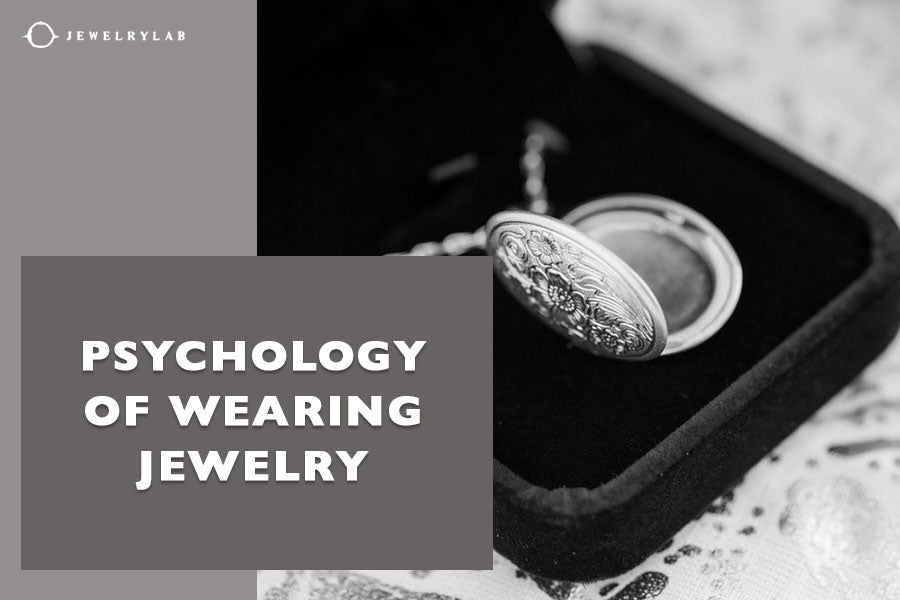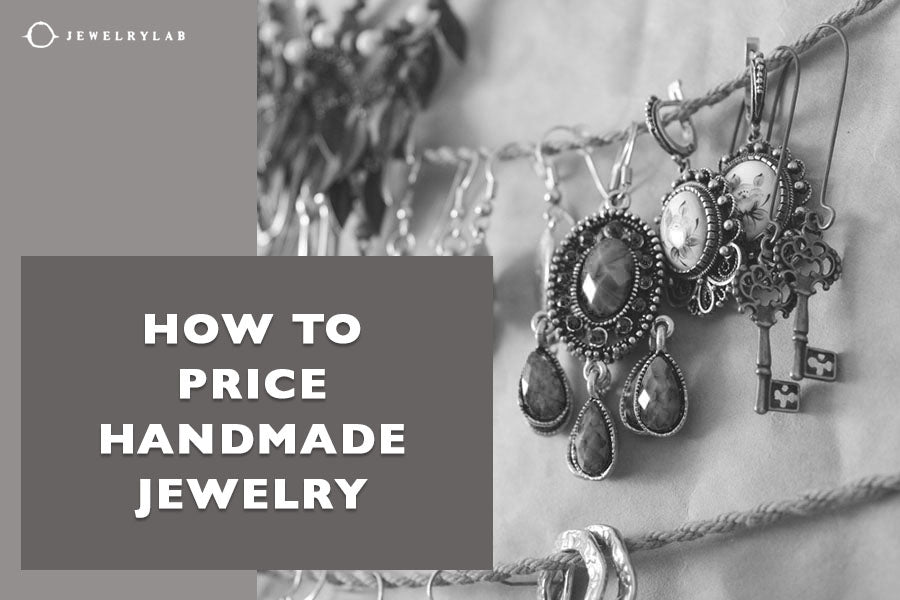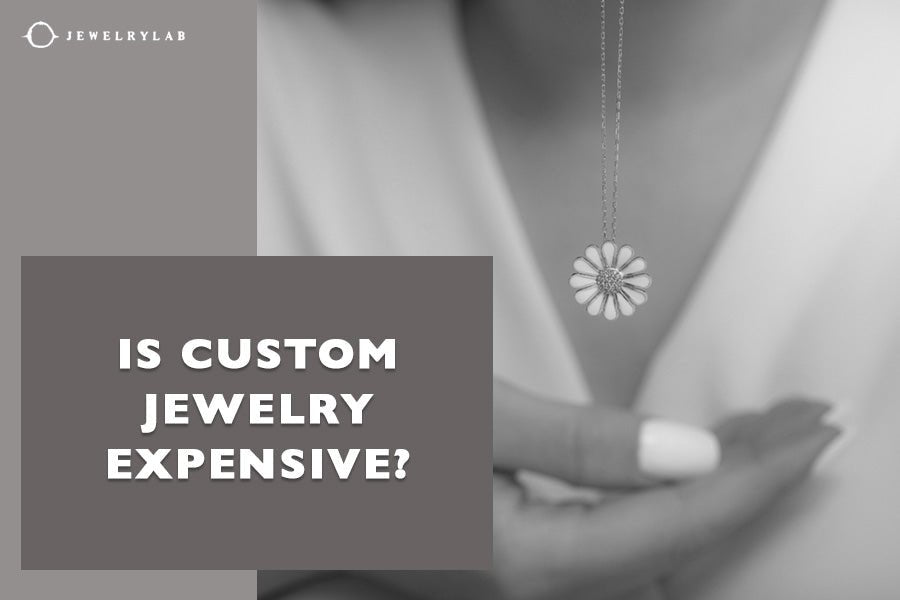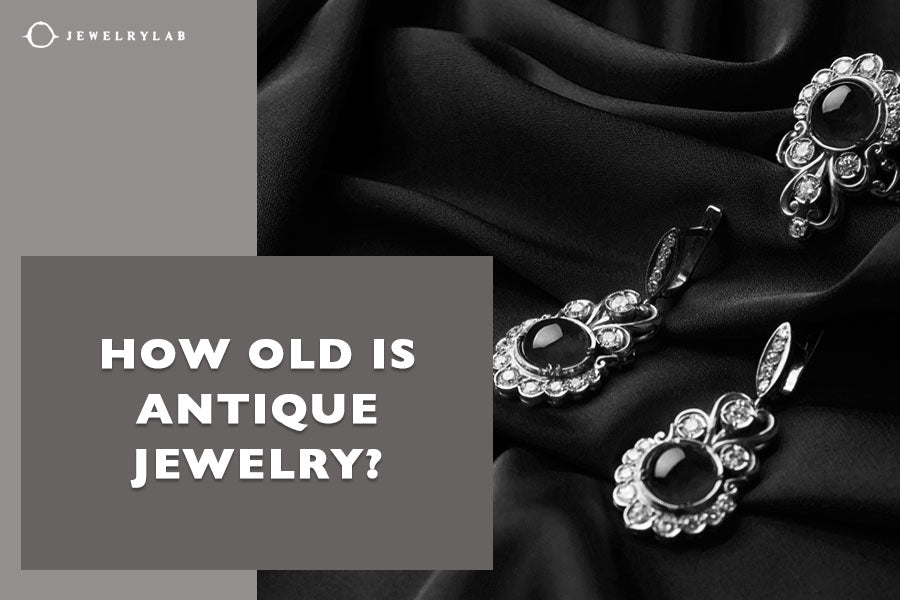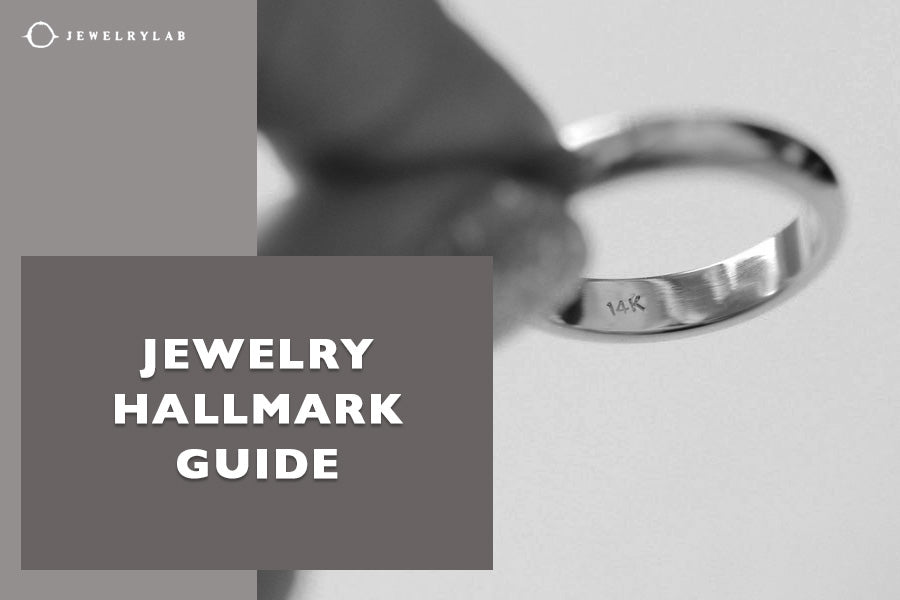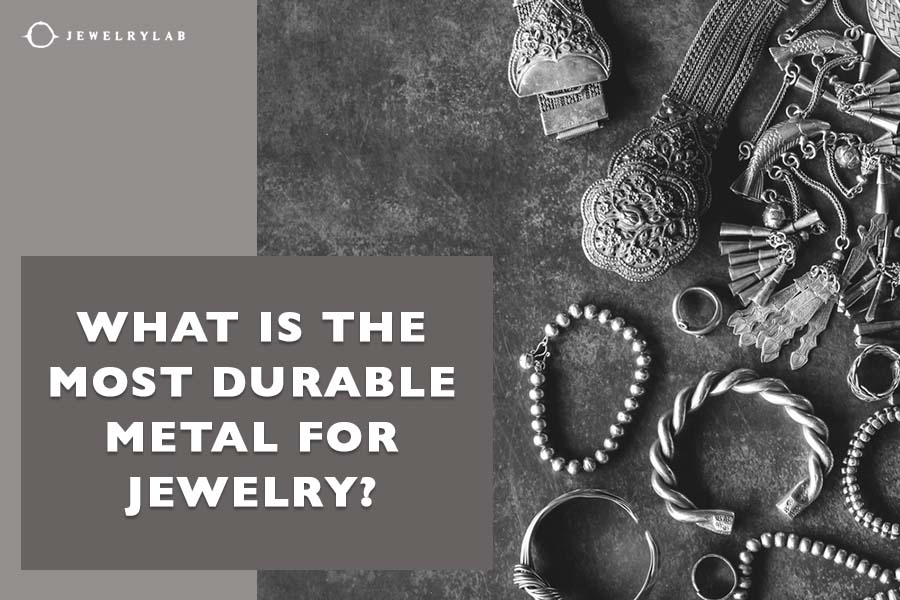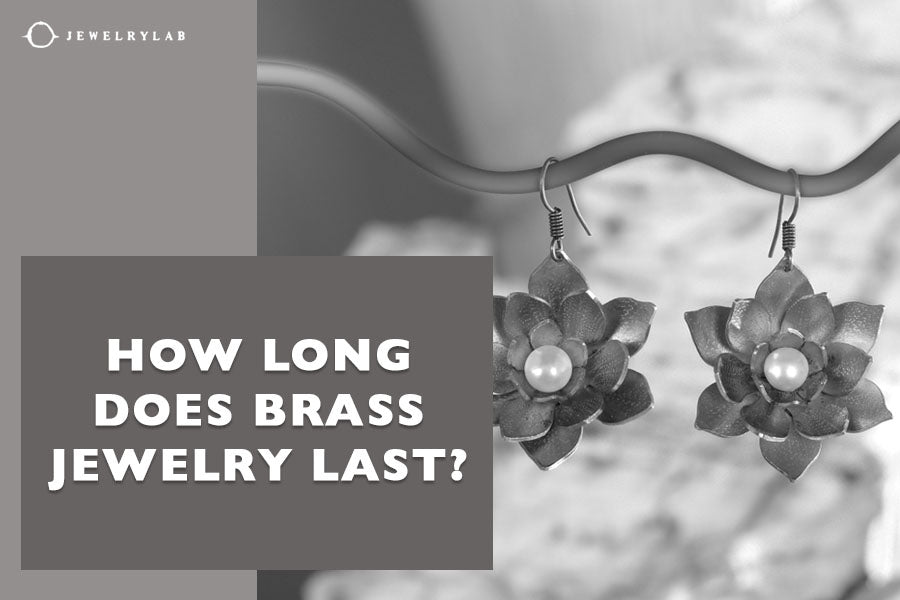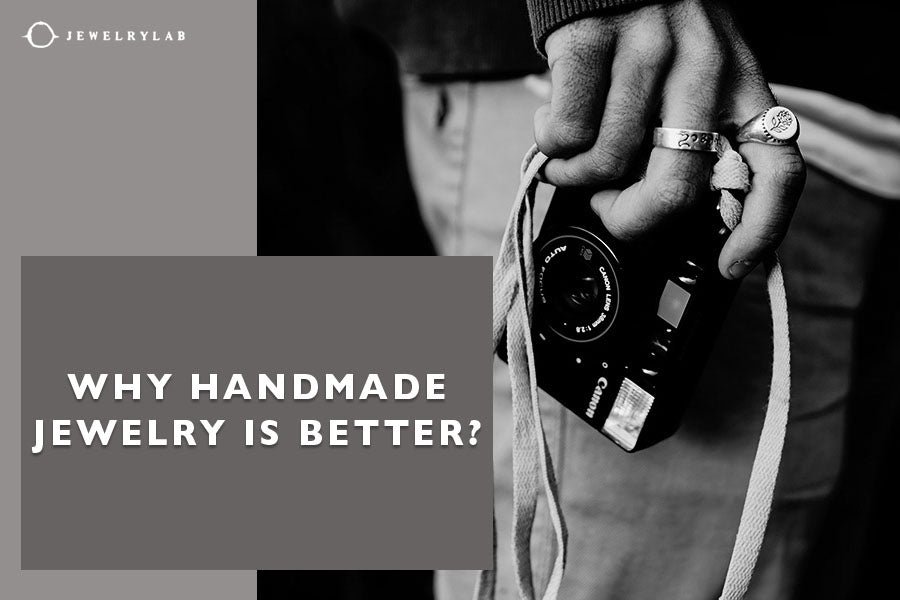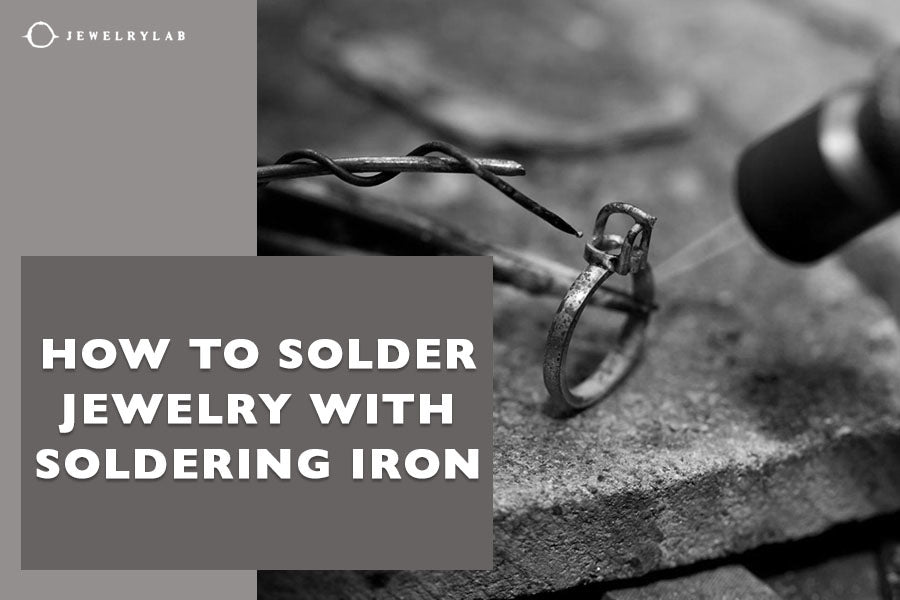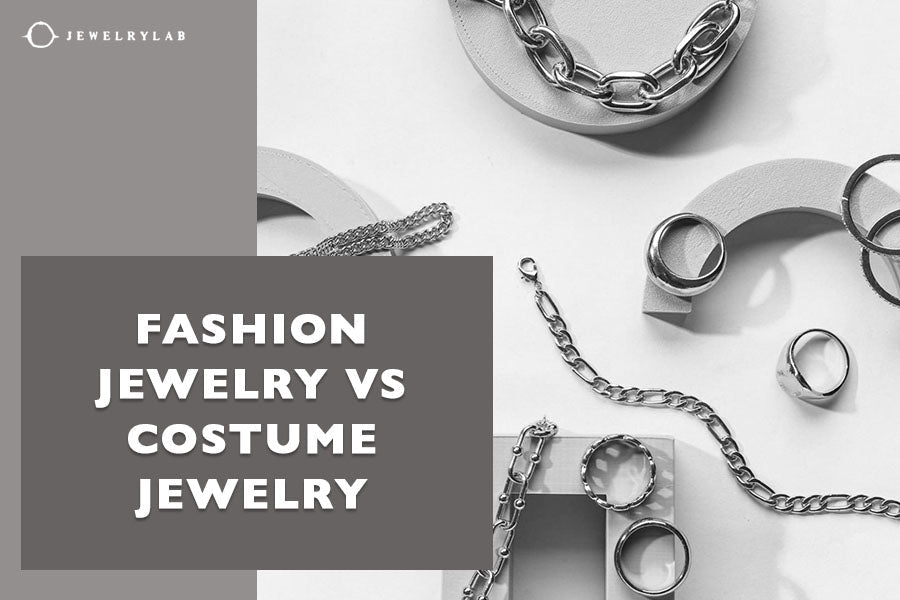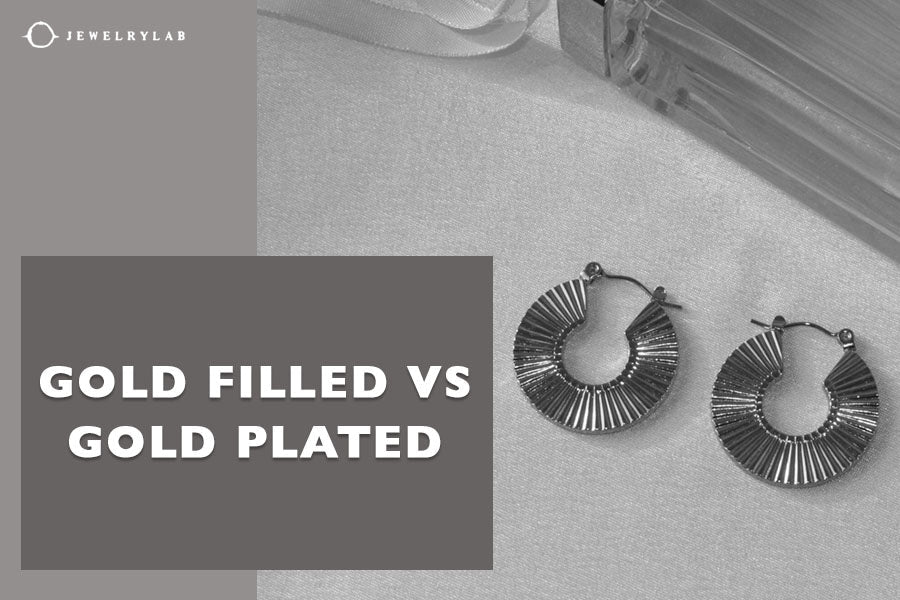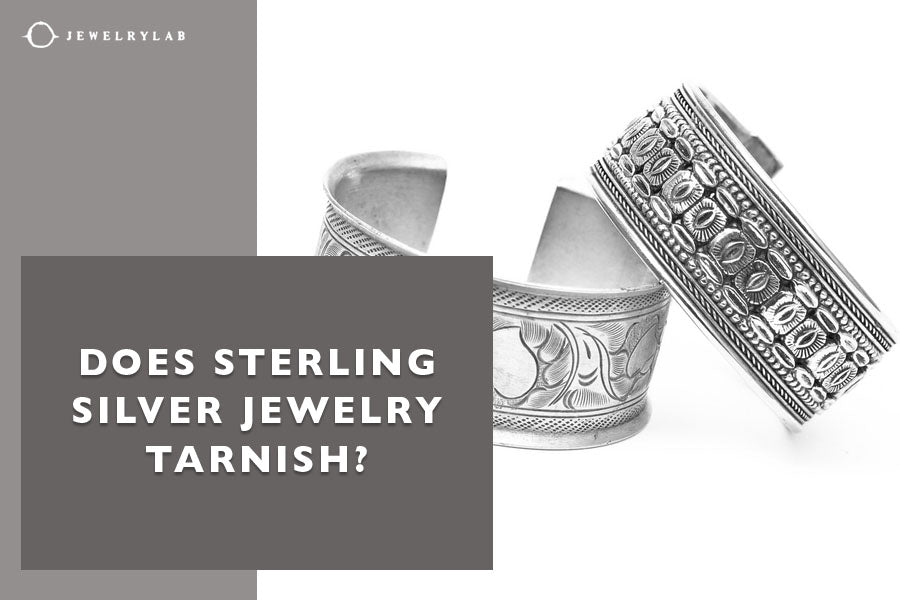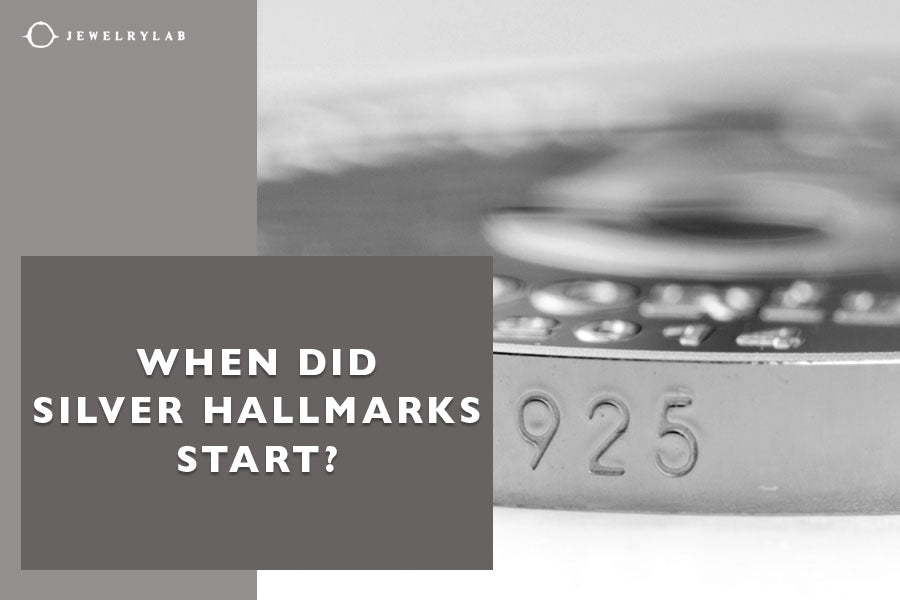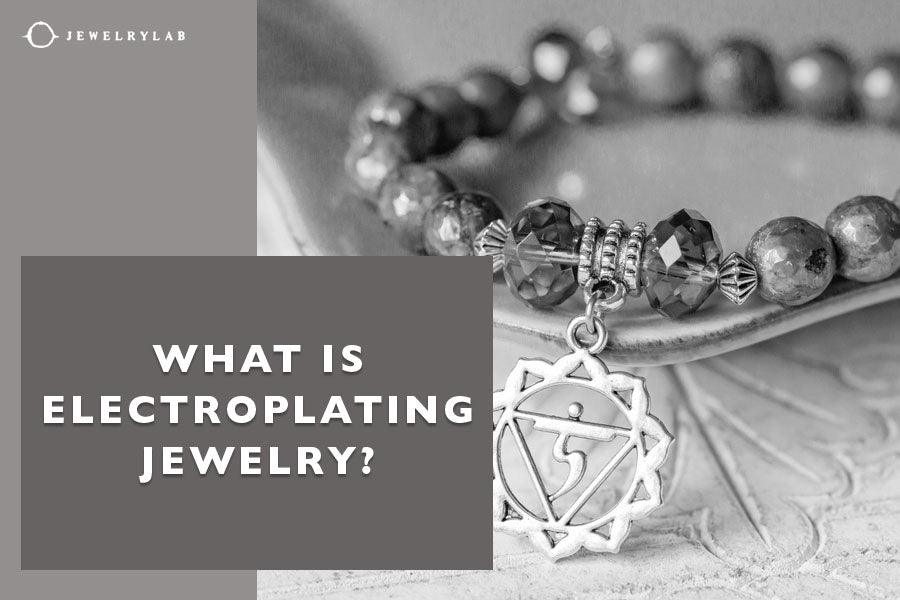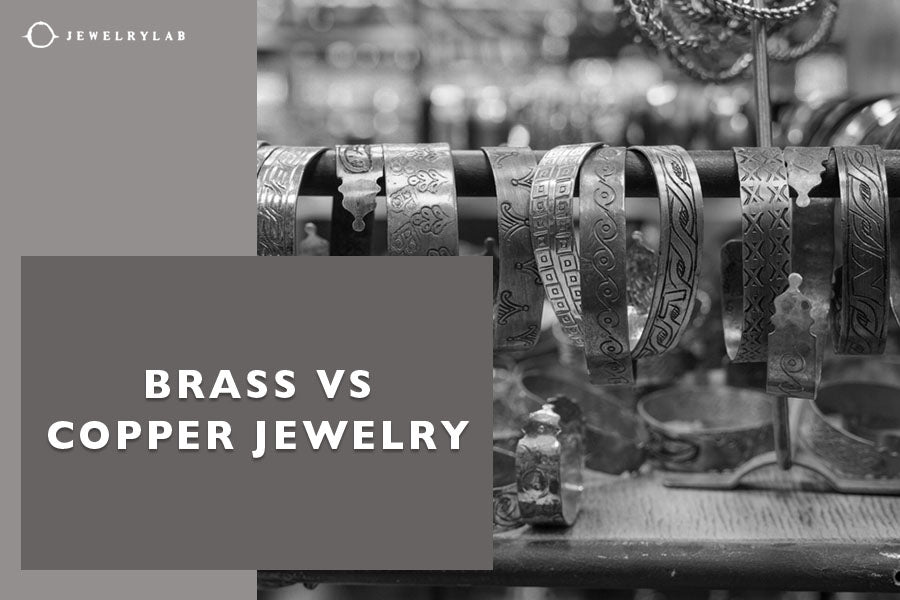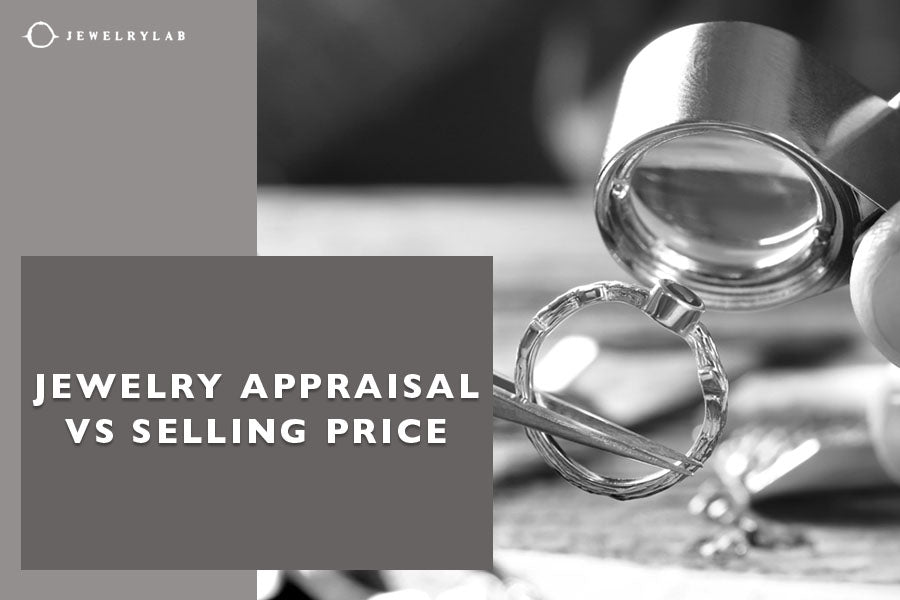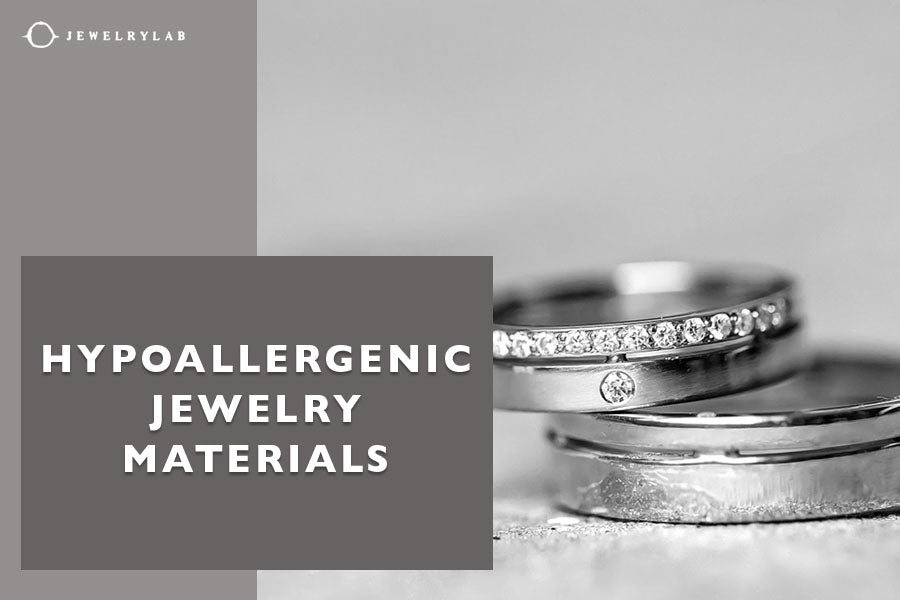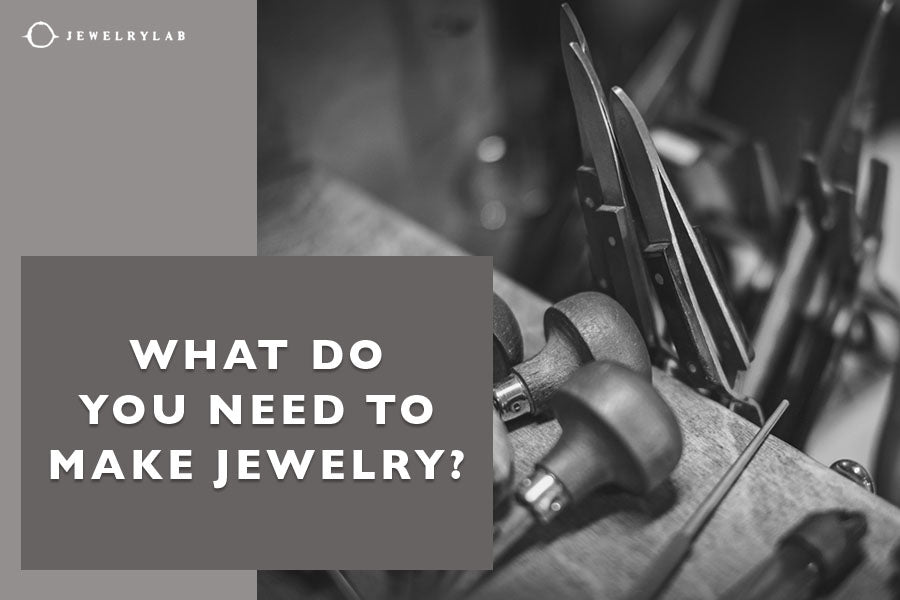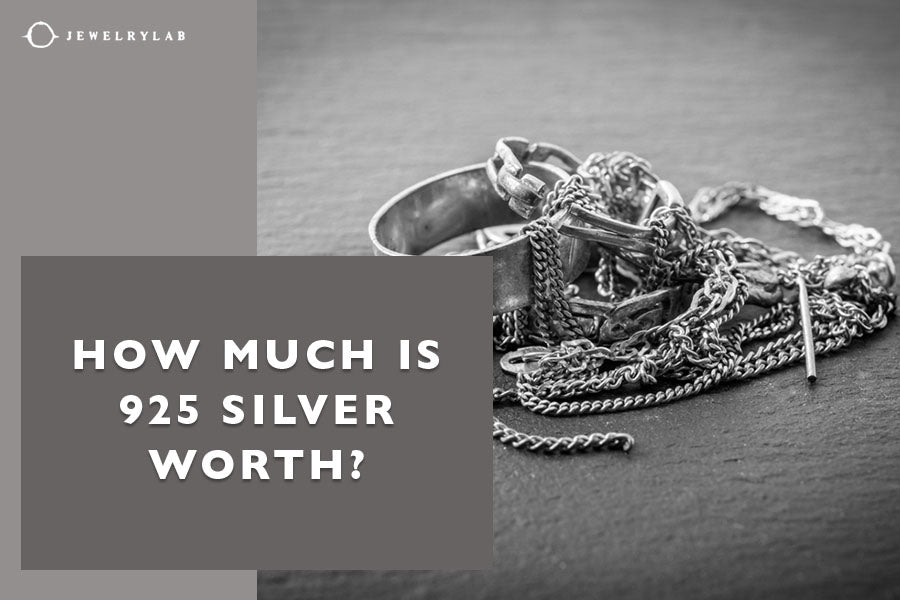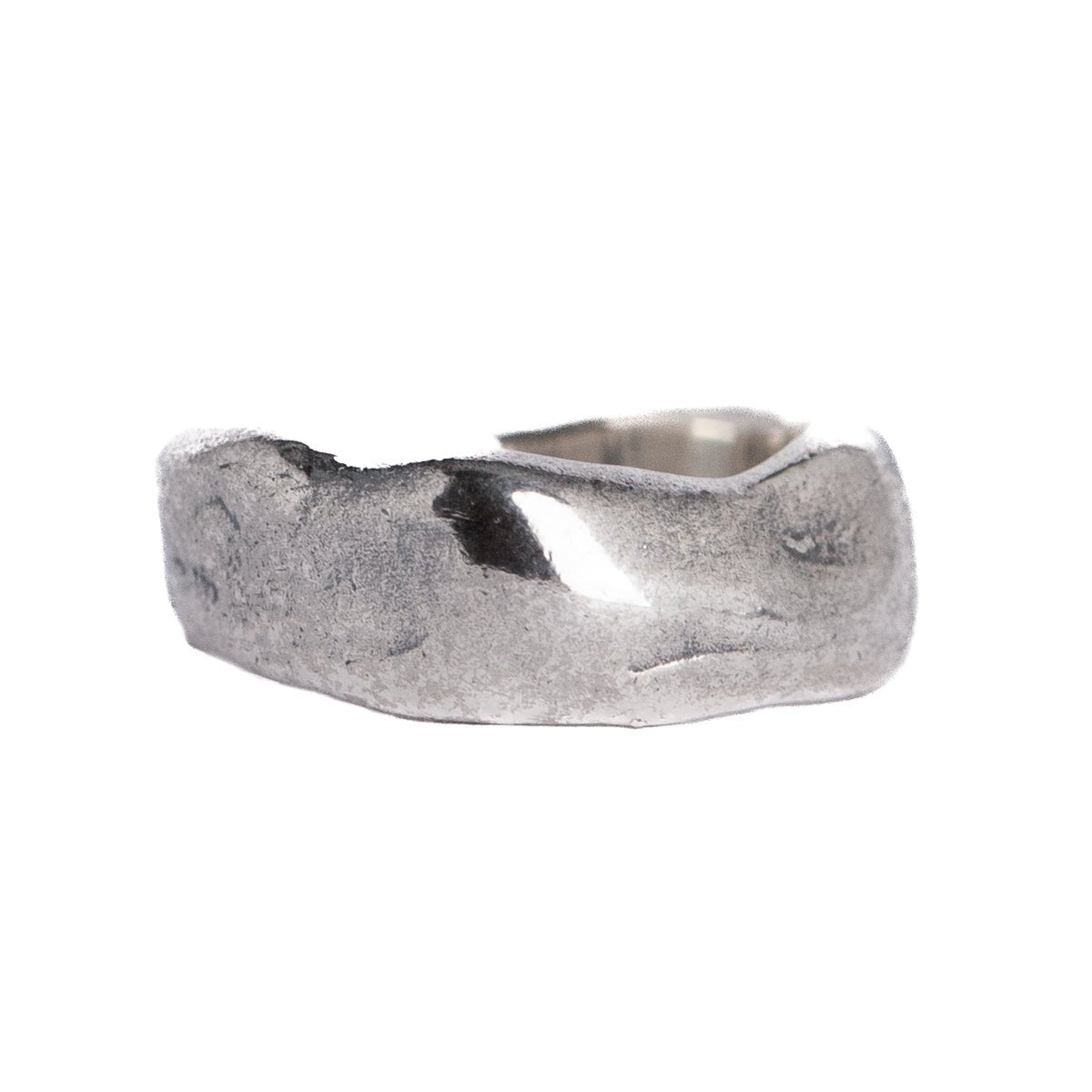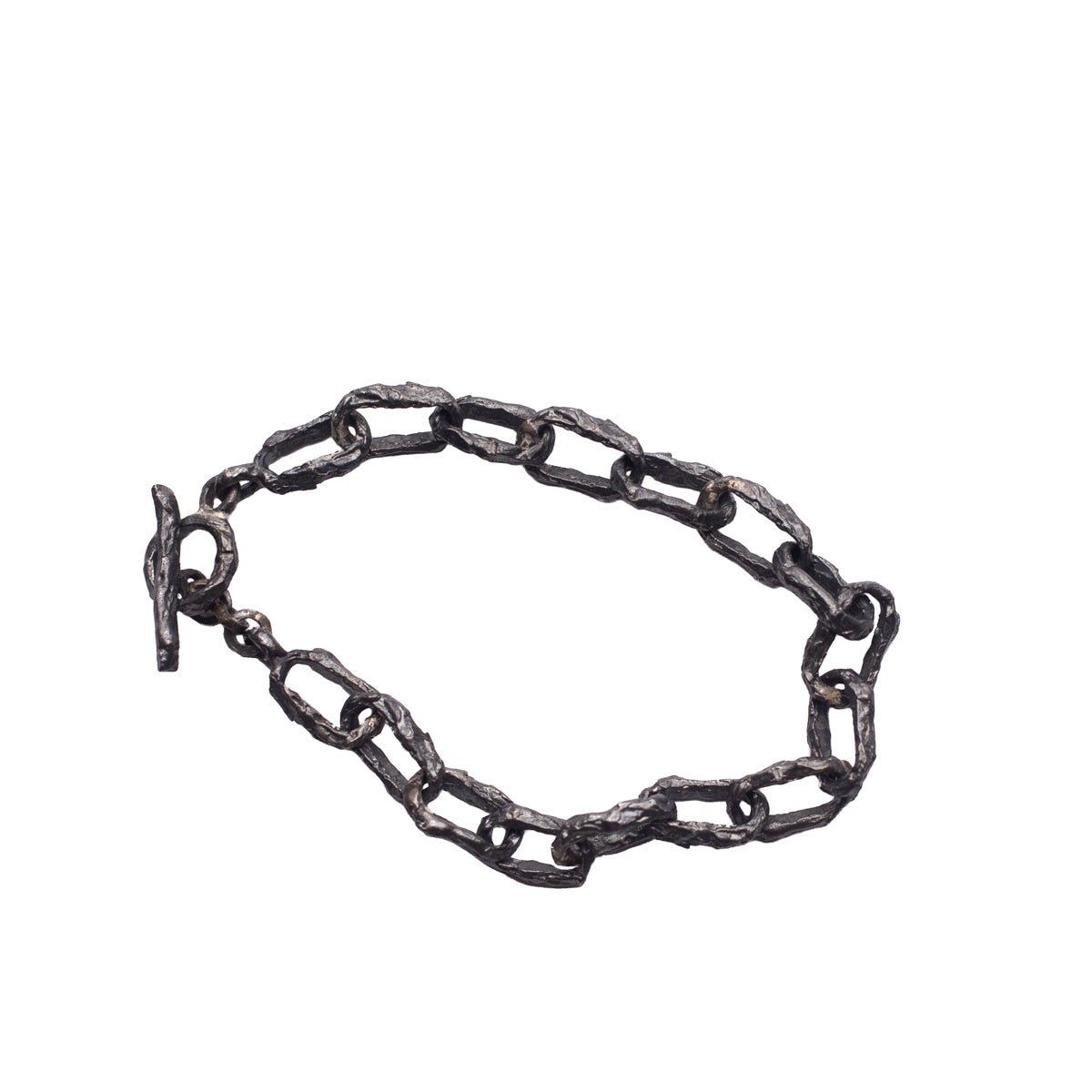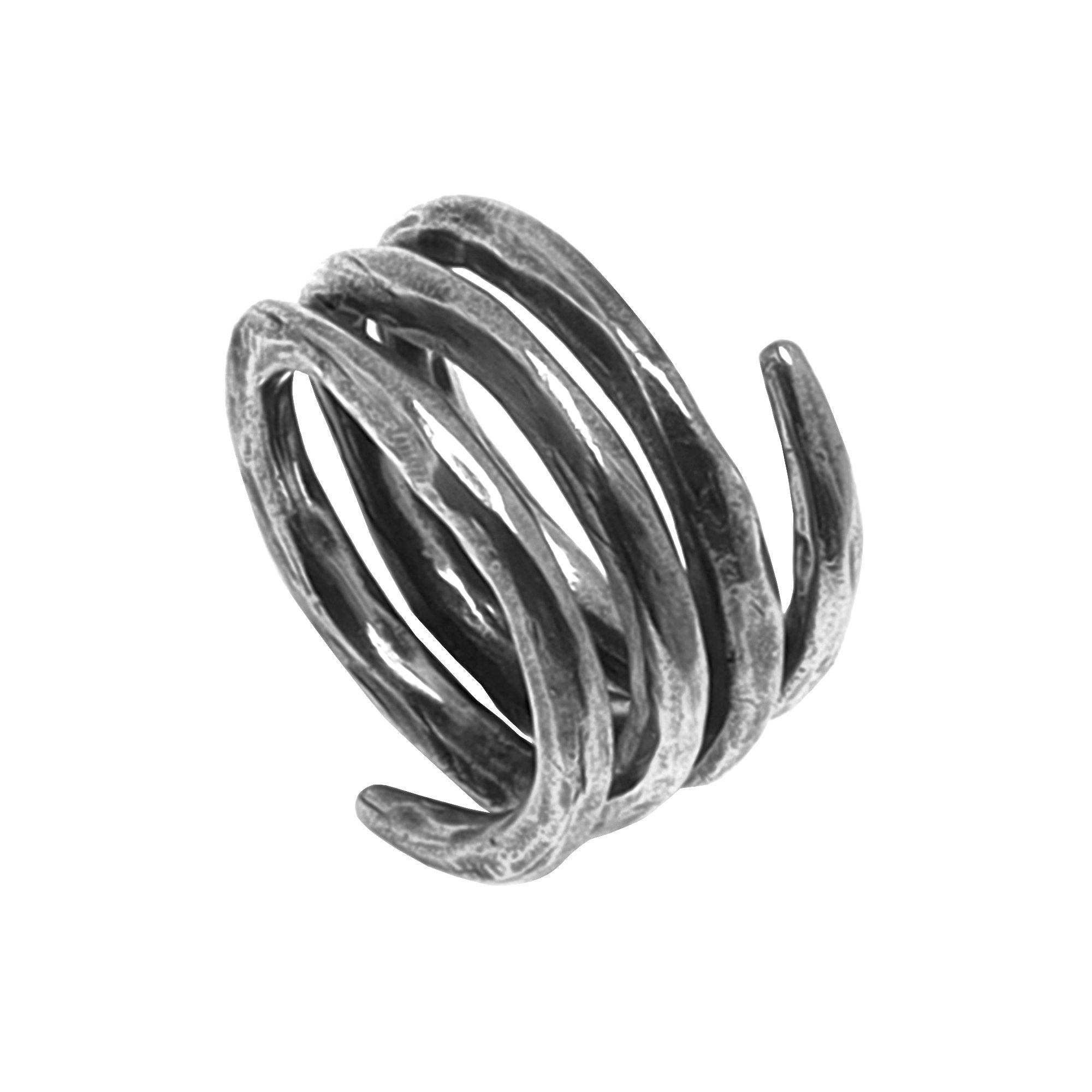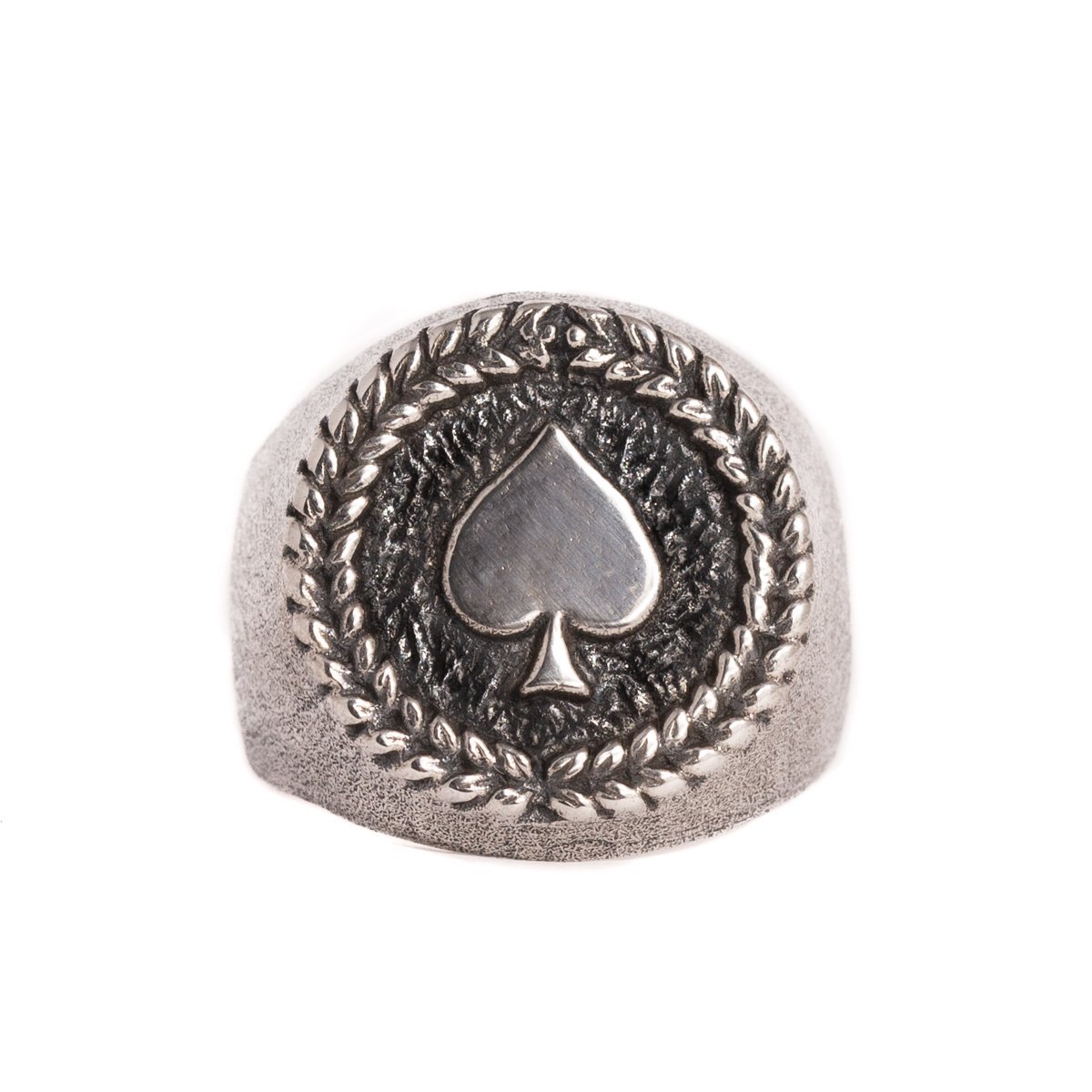by Jesús Zabala - 5 min read
What Is Electroforming Jewelry?
The history of jewelry making is filled with innovative metal-forming processes. One of them, that we still use today, is electroforming. But what is electroforming jewelry, and why is it important for you as a wearer to understand it?
If you want to get familiar with the way we make some of our unique JewelryLab masterpieces, you are in the right place. We will explain the process step-by-step, reveal its advantages and limitations, and give you some practical tips on how to take care of your jewelry so it lasts longer.

What Is Electroforming Jewelry? Understanding Electroforming
Electroforming is a metal-forming process used in several industries, one of which is jewelry-making. It is classified as a free-form jewelry-making technique that uses the electrodeposition process to build metal layers around a conductive base. The base is also called a mandrel.
In the jewelry-making business, we like to refer to electroforming as three-dimensional electroplating. Electroforming gives the jewelry a unique appearance and might result in intricate and textured pieces.
The electroforming process takes place in a special electroforming bath with an anode and a cathode. The electroforming bath uses an electrical current and metal ions to build the metal layers around the conductive surface. As the electric current is applied, the metal ions in the bath start to attach to the mandrel, gradually building up layers of metal.
As jewelry makers, we have complete control over where the electrolytes or plating solutions will form. To create special patterns, we use electro-conductive paint, which determines where the metal layers will form
Electroforming is an excellent jewelry-making technique for pieces with various thicknesses. If we want to achieve a thicker design similar to our Krata earrings, we can leave the piece of jewelry longer in the bath until we get the desired texture, shape, and thickness.
Advantages of electroforming
One of the greatest advantages of electroforming jewelry is that it is suitable for all kinds of jewelry. The process is equally effective for making larger jewelry, such as necklaces and bracelets, as it is for more minimalistic jewelry, like earrings and rings.
In addition, when we use electroforming, we let our creative side shine through in every piece, and craft extraordinary designs and structures. Although it is used to create unusual shapes, consistency and precision can be easily achieved when making more than one jewelry piece with the same design.
There’s more to electroforming jewelry than its astonishing appearance, and durability . Electroforming can be used for making light-weight jewelry that can be placed on the market with an affordable price tag.
As metalsmiths, we categorize electroforming as one of the jewelry-making techniques we can rely on when creating durable pieces. In our experience, jewelry that is made with electroforming is highly resistant to wear and tear, making it excellent for everyday jewelry.
Ultimately, the entire jewelry-making process is eco-friendly and fulfills the highest standards for jewelry-making. Unlike other techniques, with electroforming, there is no loss of metal.
Limitations of electroforming
Just like every other process, electroforming in jewelry has a few limitations. Most of them are regarding the process itself. First and foremost, making jewelry by using electroforming requires special equipment and materials that can be expensive.
Furthermore, mastering the electroforming process requires time and dedication. Experience and knowledge are especially needed when working with a delicate base material, as it can be easily damaged.

Materials Used in Electroforming Jewelry
Electroforming jewelry requires a wide set of tools and materials. The specific list of materials depends on the design, but the basic items include:
- Base form - epoxy, polymer clay, copper, leaf, paper, wax molds etc
- Protective gear - gloves, eye protection, tongs and tweezers
- Anode and cathode - typically copper, but other alloys can also be used
- Electroforming solution
- Rectifier
- Tank
- Lacquer
- Electro-conductive paint
- Beaker
- Positive and negative leads
- Organic materials (optional)
- Polishing equipment
The Electroforming Process
To better understand what is electroforming jewelry, we thought it would be a good idea to explain the process step-by-step.
Preparing the working area
The first step in jewelry-making is always preparing the working area. Your working area should be safe for performing the electroforming process and equipped with all the needed materials and tools.
Getting the base ready
Before we create the base, we clean it thoroughly and seal it with lacquer. This will protect the base material during the entire electroforming process, especially from acid damage. Before we move on to shaping and creating the base form, we let the lacquer coating dry.
Applying the electro-conductive paint
Next, electro-conductive paint is applied to the base form as needed. Each part of the base form that should be covered with metal is carefully painted. The electro-conductive paint can be either sprayed onto the surface or applied with a brush.
Placing the base form into the beaker
When the base form is painted and dried, it is wrapped with copper wire. Depending on the size of the jewelry, the copper wire can be either twisted tightly in a drilled hole or it can be attached with a clip. We continue by putting it into the beaker.
Attaching the clips
During the electroforming process, there shouldn’t be any contact between the anode and cathode. Before attaching the clips, it is important to clean them from any rust or salt build-up. The negative clip is attached to the jewelry piece, while the positive clip is attached to the anode. Furthermore, the electroforming solution is poured into the beaker.
Turning on the rectifier
Initially, the rectifier is turned to a low voltage, preferably to 0.1. Starting with a low voltage allows for the metal to gradually and evenly build up the desired layers. As the electroforming process takes hours, it is important to make adjustments in the voltage and, if necessary, reposition the piece.
Finishing touches
When the desired thickness of the jewelry is achieved, turn off the rectifier, unclamp the wires, and remove the jewelry piece. We clean the jewelry by dipping it into acid and rinsing with water so it can be neutralized. Ultimately, the jewelry is polished and it is ready for wearing.
Care and Maintenance of Electroformed Jewelry
Electroformed jewelry is generally durable and robust, but that doesn’t mean you should neglect it. As with other types of jewelry, you should care for your electroformed jewelry by utilizing the following practices:
- Avoiding contact with water and always take the jewelry off when you go swimming
- Remove your jewelry when you are working with harsh chemicals such as cleaners
- Don’t allow direct contact of the jewelry with lotions, perfumes, or similar care products
- Clean your jewelry regularly by using gentle scrubbing and pat it dry
- Polish the jewelry
- Always store it in a dark, cool, and dry place away from direct sun exposure, preferably in a soft container or jewelry box

Conclusion
Knowing what is electroforming jewelry and being familiar with the entire process will help you understand what makes your jewelry unique. If you decide to purchase a jewelry piece with layers of metals, you should look for one that is made using electroforming. The final pieces are extraordinary and highly durable.
-
DESIGNED & HANDMADE IN BALI
-
FREE RESIZING FOR EVERY PIECE
-
FREE SHIPPING ON $150+ ORDERS
-
100% SAFE & SECURE CHECKOUT

